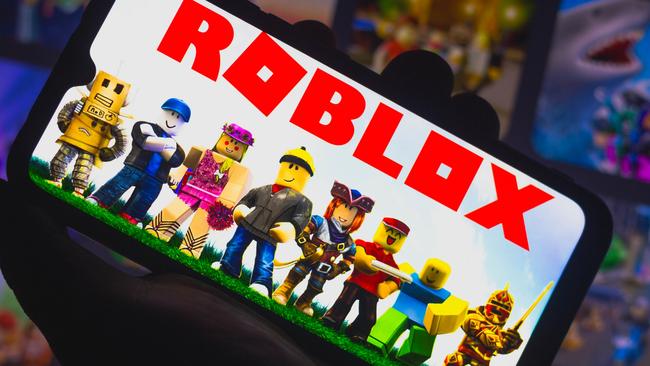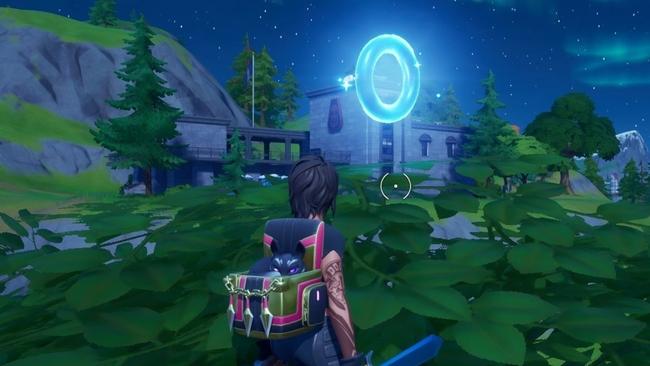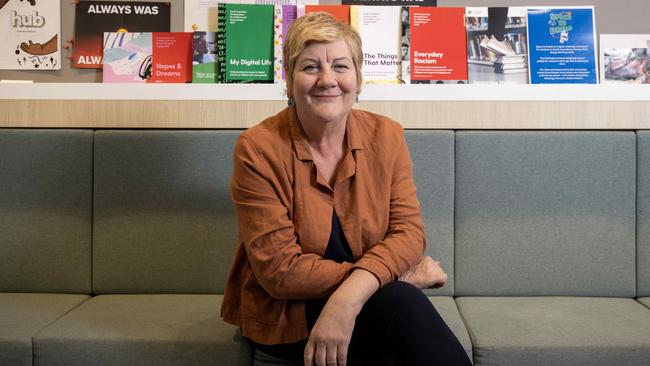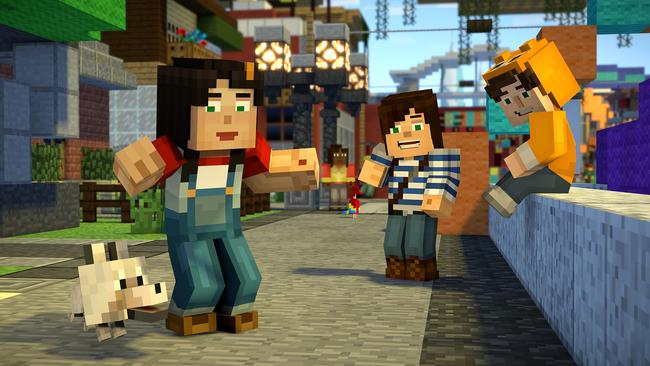Online gaming addiction: How to help a child addicted to playing Minecraft, Fortnite or Roblox
Experts say there are warning signs to look for and ways to stop children developing a dangerous obsession with gaming. Read their tips for parents.
Parenting
Don't miss out on the headlines from Parenting. Followed categories will be added to My News.
Children are becoming so addicted to online gaming they are soiling themselves rather than stopping play to go to the toilet.
Experts working with families in the grip of gaming addiction have told how children are skipping school, family time and sleep to play for as many as 14 hours a day.
And there are worries that the release of A Minecraft Movie, based on one of the most popular games, will prompt more players to delve too deep into the online world.
“It’s not uncommon to see kids as young as eight to 14 gaming for 12 to 14 hours a day during the (school) holidays,” says psychologist and author Brad Marshall.
“And even if parents limit (use of) the gaming console or PC, let’s say to five hours, they typically then play mobile phone games … or just watch YouTube (videos) of others gaming on the family TV.”
Other experts have told of cases including:
A BOY in primary school so addicted to Minecraft that he would soil himself, rather than stop to go to the toilet.
A 10-year-old girl addicted to playing the Roblox game, whose parents tried to take her to a rehabilitation facility but she would not get out of the car.
CHILDREN as young as seven being targeted by predators while playing online games on an iPad in their bedroom.
TEENS spending “hundreds of dollars” on in-game purchases.

Out of control behaviours are also spilling into the community, as young people follow a disruptive social media trend at screenings of A Minecraft Movie.
TikTok videos have emerged of teenagers shouting, throwing popcorn and drinks at the screen and bringing objects such as a fire extinguisher and a live chicken to showings.

IS THIS A NEW PROBLEM?
The popularity of A Minecraft Movie may drive more players to – or back to – the game, first released in 2011. But experts say gaming addiction has been surging in recent years.
Research by Macquarie University suggests two to three per cent of Australian children have “diagnosable levels” of internet gaming disorder, and about 10 per cent have smartphone addiction.
In 2023 a team of researchers, including from Adelaide and Sydney, found a rate of problematic online gaming of more than five per cent.
The website of Sydney’s Screen and Gaming Disorder Clinic says Australian research has found up to 10 per cent of children have “subclinical” symptoms.
Mr Marshall, the clinic director, said there was now a four to six month wait for an appointment.

Sydney-based learning specialist Jill Sweatman believes the estimated gaming addiction rate of about three per cent is “grossly under-reported”.
“It’s much more widespread. There’s a cohort of children, primary and high school age, that are school refusing because of their compulsion to game,” says Ms Sweatman, who is a student tutor, parent coach and speaker.
“It really can start very, very early. It has to be the parents who put strong guidelines around how much time the kids spend online.”


WHY ARE KIDS SO HOOKED?
Popular games such as Minecraft, Roblox and Fortnite offer detailed worlds and complex challenges designed to keep users playing.
Adelaide-based child and adolescent psychiatrist Dr Huu Kim Le says most games employ similar features to hook new players but role-playing games “are notoriously addictive”.
As one teen playing a first-person shooter game told him: “Nothing else quite excites me the same way.”
“Once you experience that digital reward everything else seems a bit bland,” says Dr Le, who sees two or three young people in SA each week with gaming addiction.

Mr Marshall said games like Minecraft and Roblox “target primary school-aged children” despite the fact “they possess all of the persuasive design elements other ‘teenage’ targeted games do”.
The games are sold as being “educational”, he says, but “it’s often a marketing technique to allow parents the ‘leave pass’ to say ‘Well he/she can use that one, it’s educational, it helps them build, its just like LEGO’. Which most parents know, in their heart, is not true but it’s more convenient as a digital babysitter.”
“Minecraft can be used in an educational way but, inherently, it’s not an educational game and the average child doesn’t use it that way.”

In one of her final reports, former SA children’s commissioner Helen Connolly found young people are also lured to play longer by elements such as “loot boxes”, in-game purchases which open up extra features or give the player an advantage.
The report found almost one in five SA young people had paid to open a loot box, and almost one in 10 had placed a bet using in-game features.
A 16-year-old boy told Ms Connolly he had spent “hundreds of dollars” on loot boxes.
A 15-year-old girl said she felt the availability of loot boxes “in a game marketed towards children is actually going to start, like, conditioning children to gamble and take risks from a young age”.

WHAT ARE THE SIGNS OF GAMING ADDICTION?
Mic Moshel from Macquarie University’s School of Psychological Sciences says parents can “watch for signs like their child neglecting school or social activities for gaming, becoming increasingly irritable when not playing, a sudden drop in academic performance, avoiding responsibilities (or) not sleeping enough because of gaming”.
“These can be early indicators of a potential gaming addiction,” he says.
Mr Moshel added that problematic gaming behaviours have been linked to changes in brain regions “responsible for reward processing, cognitive control, impulse regulation and decision-making, similar to patterns observed in substance dependence”.
Mr Marshall listed three “core warning signs” of children forgoing sleep, retreating socially to only interact online and having emotional and behavioural “explosions” when they are asked to turn off a screen.

WHAT CAN FAMILIES DO?
All the experts agree it is crucial for parents to set boundaries from an early age.
Ms Sweatman argues children under the age of three should not be exposed to screens at all, even the family television.
Mr Moshel suggests parents set “clear limits with their child that are negotiated with them, so they feel partially in control of their own use” and take “an active interest in their child’s online activities”.
Mr Marshall warns that only banning one device, such as a gaming console, but leaving young people with their phone or computer “will do very little to change the situation”.

A 2024 study by Mr Marshall and his Macquarie University colleagues showed huge improvement after families followed an intervention program for six weeks.
It involved setting limits on the home WI-FI and the child’s mobile phone, turning the WI-FI off at bedtime, creating an agreement with the child about daily screen time limits and imposing consequences for breaking agreed rules.
There was “significant” improvement for 60 per cent of children with high levels of internet gaming disorder and 32 per cent with high levels of smartphone addiction.
Dr Le stressed that parents “need to be OK with resisting and not giving in.”
He also encouraged young people to “give your brain a rest” and accept that the games are “designed to keep me playing”.
“Once they understand that,” he says, “it’s about selling them the idea that the real world is much more meaningful, more fulfilling and longer lasting than chasing that next dopamine hit.”
More Coverage
Originally published as Online gaming addiction: How to help a child addicted to playing Minecraft, Fortnite or Roblox





